
INTERVENTION BY REFERENCE STUDIOS SETS THE STAGE FOR BERLIN FASHION WEEK
Reference Studios presents the fourth edition of INTERVENTION - the platform developed and…

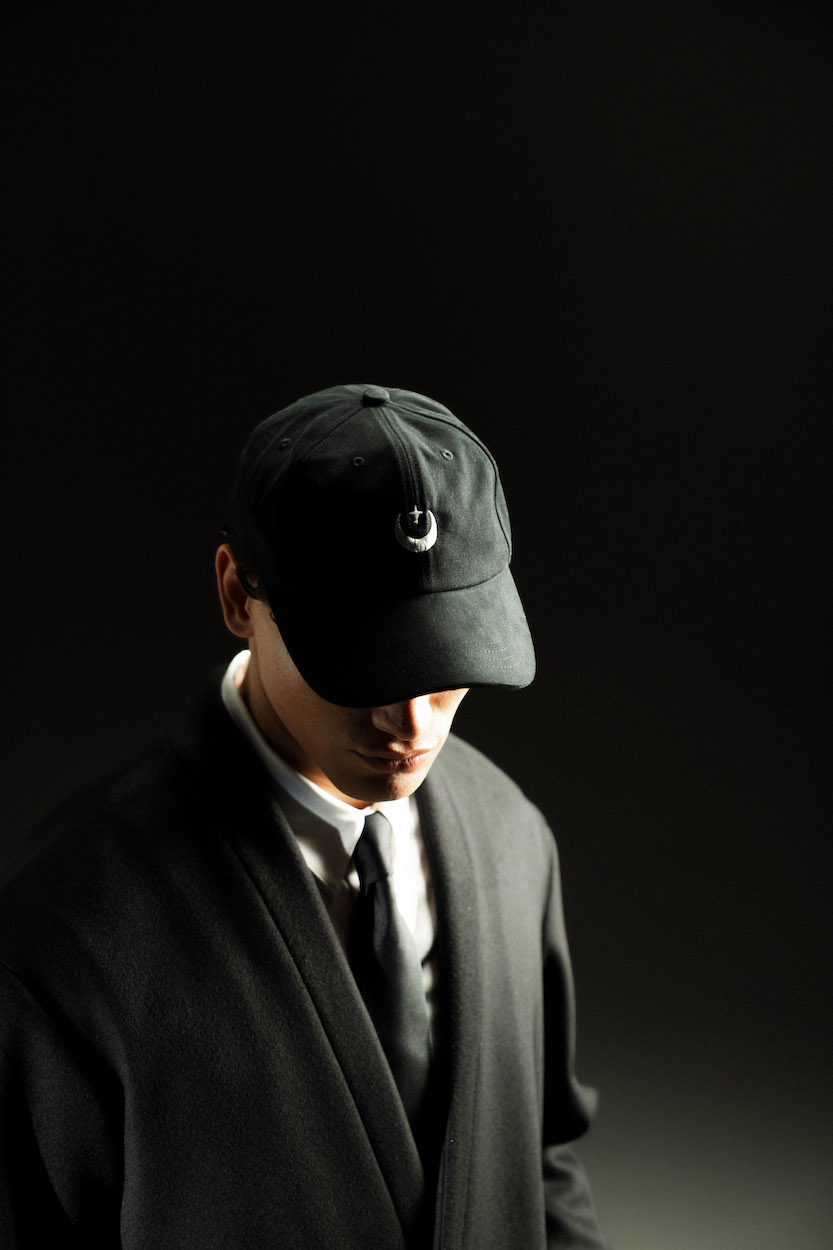
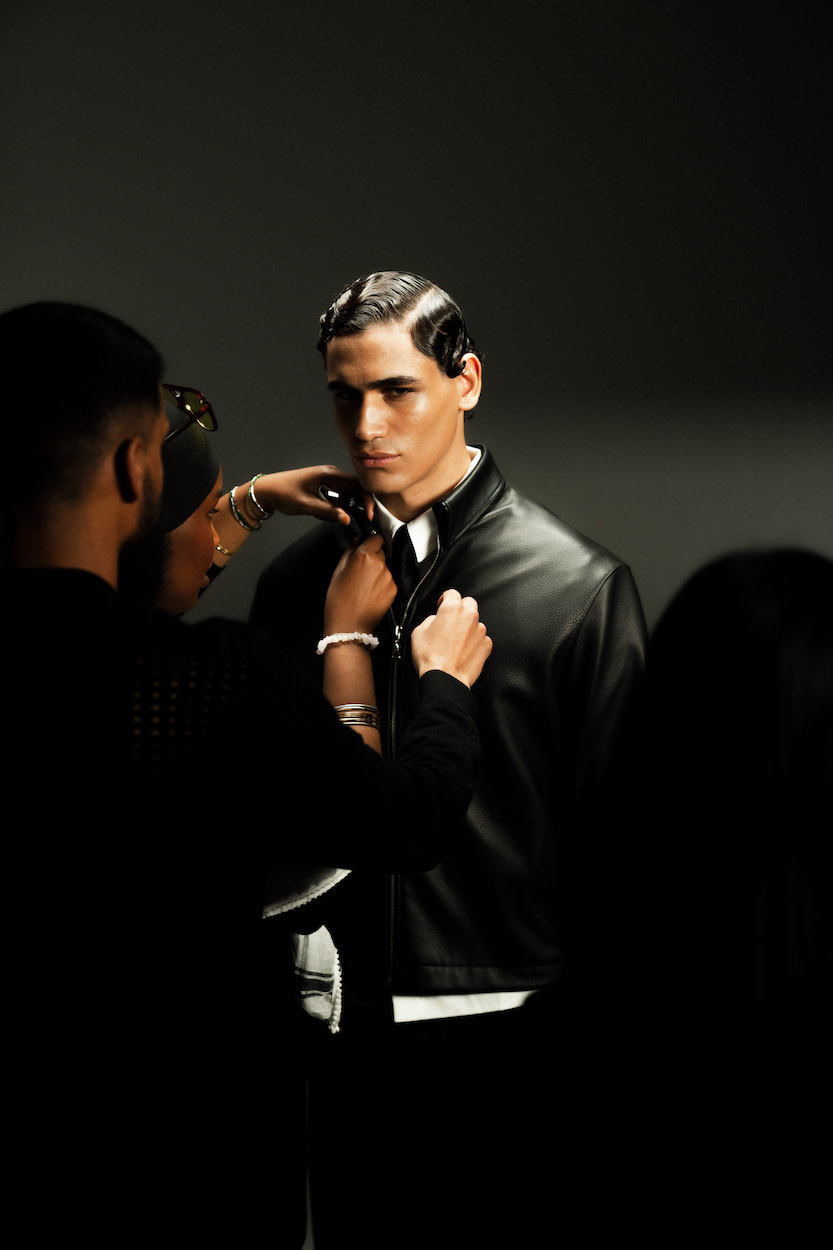
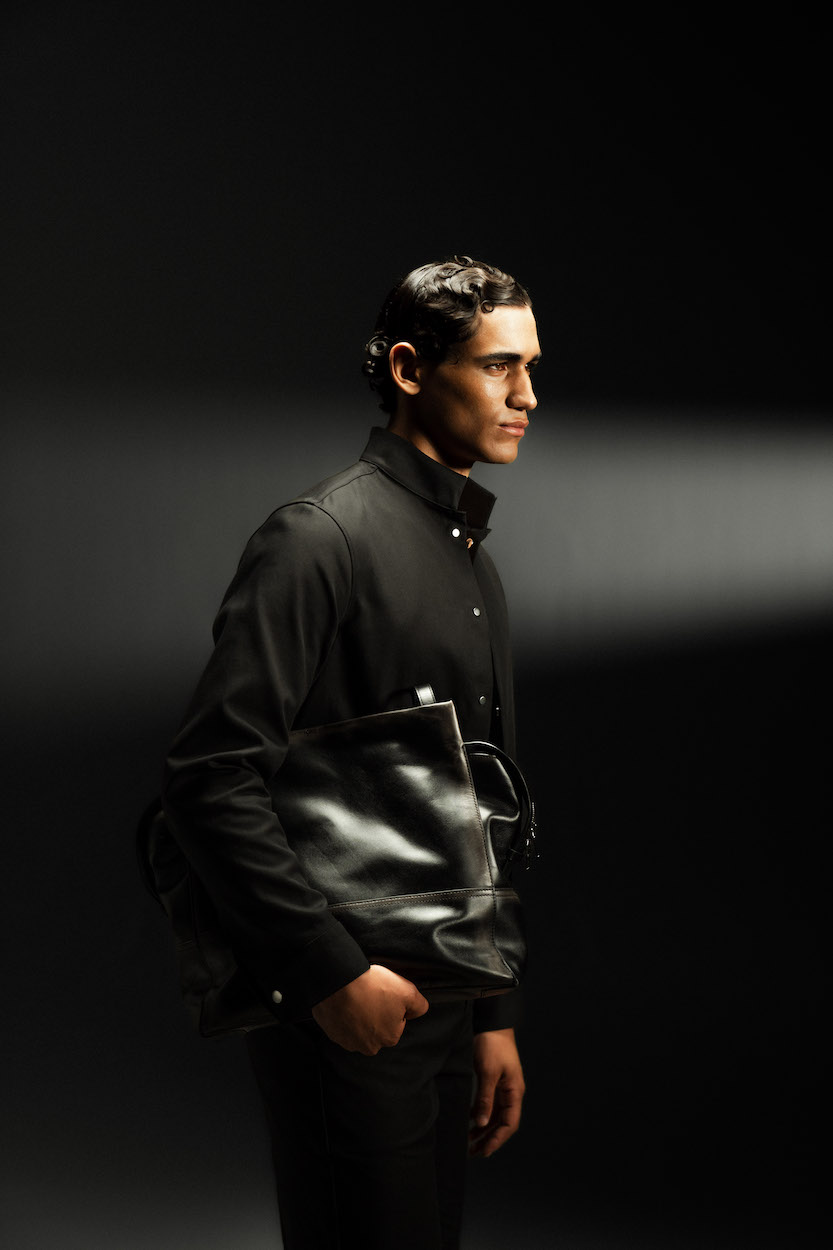


Arabsoda, Berlin-based brand, founded by DJ and multidisciplinary creative Usman Latif, presented its first collection during Berlin Fashion Week.
The collection called «Hub» refers to the stages of love in Arabic and is a loving letter to the heritage of Middle Eastern tailoring and traditional silhouettes through a contemporary Western lens. This SS25 Made to Measure seven-piece collection consists of a leather jacket and pants, coats, a dress shirt and denim-inspired dress pants. All pieces refer to traditional Middle East garments re-interpreted in a modern Western context; and aim to build an arrangement with a deep appreciation for both worlds.
This approach becomes the main focus for Usman Latif, who knows well and deeply the cultures of both worlds. The designer talks about the inspiration behind the collection, his approach to tailoring, and his understanding of beauty.
Usman Latif: I am a creative consultant in the music and fashion industries. My parents are Pashtun, but they were raised in the Middle East, and I was born in Germany and grew up between Frankfurt and London. I’ve always asked myself the question of what I can call home. In Middle Eastern circles, I was considered too whitewashed and European, but in German circles, I didn’t fully fit in either.
Because I looked different from the people around me, I often struggled with beauty standards, which is why I so desperately wanted to go into the fashion industry. Although I ended up in the music industry first, the launch of my own brand is now the beginning of a new era and a return to my original aspirations.
The theme of beauty has accompanied me since I was little. I had a distorted self-image for a long time, which only improved over the years. Today, I remember what my parents always said – that beauty comes from within. The Arabic word for beauty «Jameel» is featured in many of my designs. It stands for both inner and outer beauty. Just as the Arabic word for light «noor» can also mean a person’s aura. I really like this way of thinking – seeing a person as a whole.
I dedicated my first exhibition to this theme two years ago, showcasing images of 25 people whom I simply find beautiful. I took their pictures and told their stories in a book. For this project, I travelled to the Middle East with my best friend and stayed there for two months. I used an analogue camera to capture everything that inspired me. Beauty is also patterns, shapes, everyday moments.
«The theme of beauty has accompanied me since I was little.»
Exactly. For the first time in my life. As a consultant you immerse yourself in another’s vision and want to make it shine. Of course, there’s always a part of yourself in the process, but not to the same extent as when you start your own project. My label should now become pure self-expression.
The first thing I designed was merchandise with the word «beauty» on it, in both Arabic and German scripts, but the latter is only noticeable at second glance. So here again it’s a game with two facets. The question is: «Do you really look closely, or are you more superficial»? At first glance, the Arabic script might seem intimidating. It’s red, striking, and looks unfamiliar. Here, it’s often perceived negatively.
Unfortunately, that’s true. For a long time, I perceived being between cultures as something negative. Now it’s time for me to turn it into something positive. That’s always the best strategy in life.
I come from a middle-class household. My parents didn’t spend an insane amount of money, but they valued quality. They liked to have things tailored. Clothing had a high value in the culture they came from. In the Middle East, it’s quite normal for things to be uniform yet individually tailored, and to be elevated with accessories like a watch or good shoes. This attitude has shaped me from day one of my life.
«For a long time, I perceived being between cultures as something negative. Now it’s time for me to turn it into something positive.»
It used to be different in the past, and I think we should return to that. That’s why I created a small collection with seven pieces that function like a uniform. I’m not a trained designer, but I rely on my sense of aesthetics. Basically, I create seasonless men’s silhouettes, but that doesn’t mean they can only be worn by men. I’m inspired by both worlds I grew up in, in a contemporary way. I often look at how young people from a similar background. What do they adopt, what do they break with, how do they mix? Finding a balance between Berlin style and my origins – that’s my goal.
I founded the label here because I am German. And because I see that there are kids out there who need role models. In Turkey, there is Les Benjamins, which combines migrant culture and streetwear fashion. GmbH is another example. But I wanted to find a different way for myself. Arabsoda is Berlin-based, but it was always important to me to involve locals from the Middle East. And it’s important to me that it’s contemporary. It’s not about being nostalgic and romanticizing what you remember from your parents. It’s much more interesting to look at the current aesthetics of the Middle East and bring that to the West.
For example, I was inspired by a Thawb that is deconstructed in its trousers and shirt. You can see it in the collar and the clear silhouette; otherwise, the ensemble looks modern and simple. I don’t want it to be in-your-face.
My aim is to bring worlds together. For that, it’s also important that Arabsoda is affordable. It’s not a niche product, but for people who appreciate good clothing. If I wanted to reach the masses, I would design hoodies. Period. It’s about Bottega quality but not a Bottega price.

Reference Studios presents the fourth edition of INTERVENTION - the platform developed and…
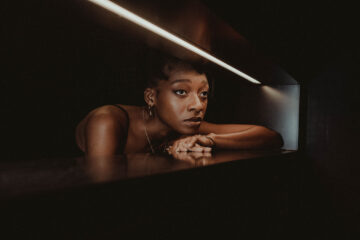
On being brave: Numéro Berlin spoke with Little Simz about her freshly released sixth…
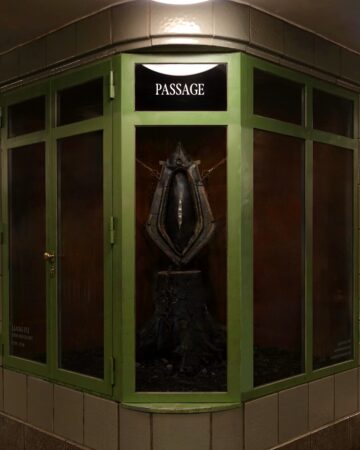
With his latest installation "SPINE BOUNDARY" at Hermannplatz, Berlin, Chinese born Artist…